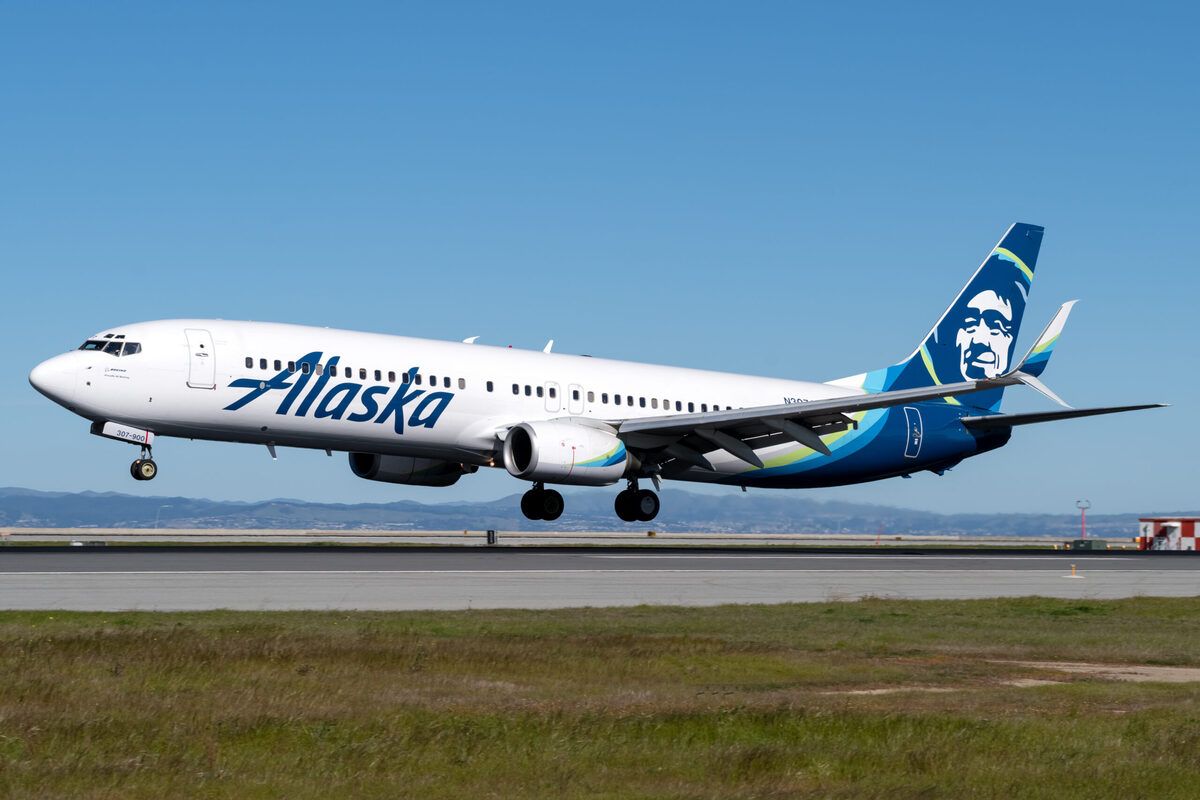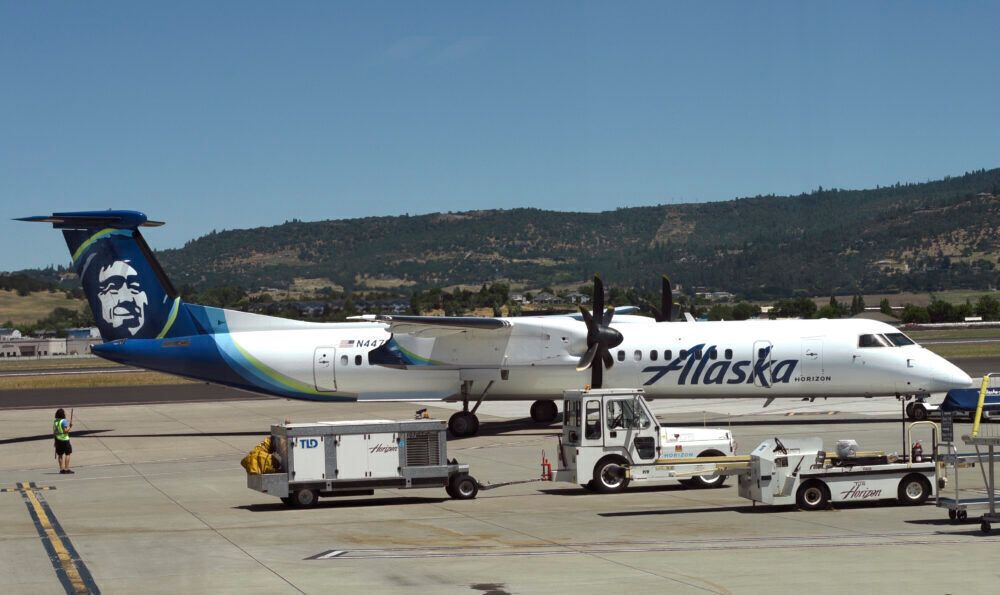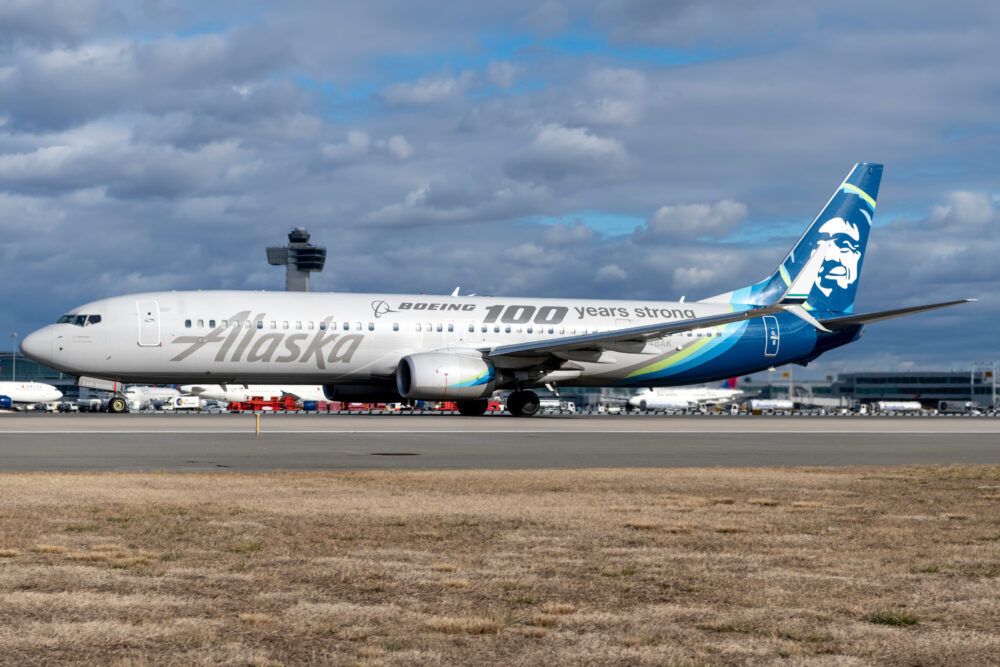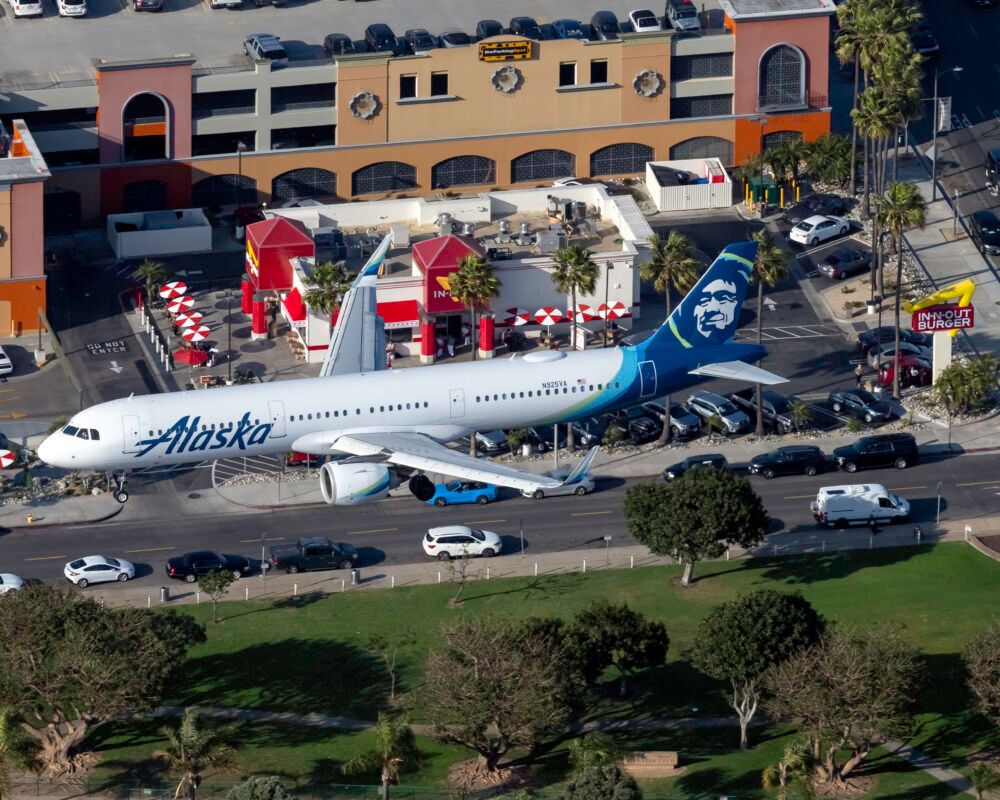Alaska Airlines has released an update on its second-quarter performance. The carrier benefited heavily from the recovery and notched a load factor of 77%. This impressive number came on Alaska's capacity, which was almost 80% of the second quarter of 2019. This is proof of the ongoing continuing recovery that has benefited the airline, especially considering the geographies the carrier flies.
Alaska Airlines' second-quarter operational performance
In an investor update, Alaska Airlines detailed an impressive second-quarter performance. The airline flew 79% of its 2019 capacity in the second quarter. Alaska previously expected its capacity to be down 20% in the second quarter, so it flew 1% less capacity than it initially expected compared to 2019 in the second quarter.
On top of this capacity, Alaska Airlines recorded a passenger load factor of 77%. The airline previously expected its load factor to be between 74 and 76%, beating out its expectations by a small margin.
Note that this capacity is not spread out in the same manner as it was in 2019. For example, the carrier has added plenty of new routes and connected new cities and new city pairs for summer 2021 while cutting back in other markets. For example, the carrier is not fully flying its schedule to Canada.
Financial performance from the second quarter
From a financial perspective, the airline recorded positive pretax margins in June. This marked the first month since February 2020 where the airline saw an adjusted profit and represents the continuing strength of the recovery. The adjusted result excludes CARES Act Payroll Support Program aid, and it indicates the carrier's ability to generate a profit on its own right.
Looking at cost per available seat mile (CASM), an important metric of a carrier's cost, Alaska Airlines expects its second-quarter CASM to be up 10% compared to the same quarter of 2019, compared to the previous expectation of up 12 to 14%. The airline recognized ~$15 million in favorable updates to benefits-related expenses, which helped lower the increase in CASM.
From a cash flow perspective, second-quarter operating cash flow results were better than expected, coming in at roughly $830 million compared to the previous estimate of $650 to $750 million. This indicates that consumer spend for air travel and other sources of revenue, like cobrand credit card spend, has rebounded strongly.
Full results on the second quarter financials will be available later this month.
Where Alaska Airlines goes from here
Alaska Airlines is starting to get to a better place. The airline is generating cash on its own again, and customers have expressed more confidence in booking travel further out. The increased vaccination rollout has certainly helped in that respect.
Stay informed: Sign up for our daily and weekly aviation news digests.
Most importantly, the airline has many strong tailwinds to get to better operational and financial results. First and foremost, one of its most important markets – California – has reopened and is doing very well from a public health perspective. This was a market the airline had to wait out for a full reopening, which came in mid-June. There are signs of a continued strong recovery in other markets, such as Hawaii, Alaska, and Washington.
One of the biggest tailwinds for Alaska Airlines is its partnership with American Airlines and membership in the oneworld alliance. Already, American Airlines is focusing on building out its presence in Seattle, including with new international long-haul routes.
As the world starts to recover and travel starts to come back, international carriers will certainly be looking at Seattle and Alaska's position for growth. Qatar Airways, for example, launched new flying to Seattle during the pandemic. Keep an eye out for other oneworld carriers, especially Qantas, for new routes to the Alaska hub, which the carrier will be able to provide plenty of feed for.
What do you make of Alaska's performance in the second quarter? Let us know in the comments!




